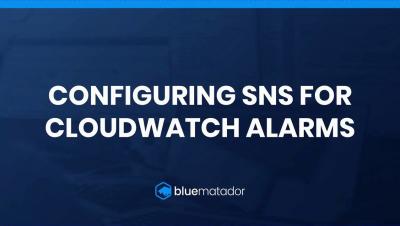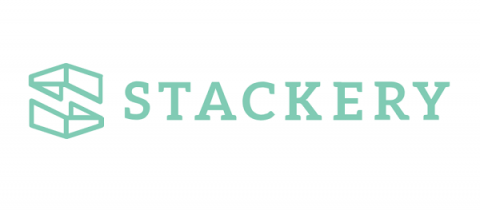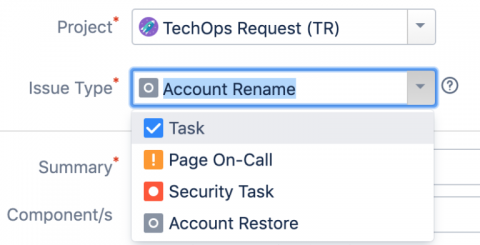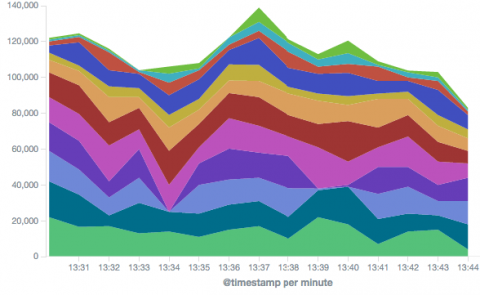Operations | Monitoring | ITSM | DevOps | Cloud
Cloud
The latest News and Information on Cloud monitoring, security and related technologies.
Blue Matador Helps Canopy Monitor AWS and Kubernetes Proactively
Your Development Environment is Missing
It’s hard to believe, but 10 years ago AWS had only five products. Chief among them, of course, was EC2. Although it feels a little quaint now, back then EC2 was an incredible offering. Anyone could fire up a server in seconds, install some code, and transform that generic server into any service one could imagine.
On-Prem or Cloud? A Decision in Light of Security and Compliance
When an organization is ready to deploy a new solution, or build a new system, there is often a continuing discussion about the relative merits of using the cloud versus deploying on-premises. While there are a number of aspects that play into this decision, it is not always clear which is the better solution for security and compliance. Typically, deployment issues are not clear because security and compliance solutions quickly change when you are using shared vs. dedicated environments.
Canary Deployment with LaunchDarkly and AWS Lambda
LaunchDarkly has built an impressive feature flag management system that overages more than 200 billion feature flags per day. It has helped companies implement continuous deployment, A/B testing, infrastructure migrations and much more. It also enables canary launches (or dark launches) through its built-in support for percentage-based rollouts.
Best Practices with AWS GuardDuty for Security and Compliance
Cloud networks are popular targets for cybercriminals and organizations will inevitably face them. If you’ve ever administered a network of any type, you know that DDoS (distributed denial of service) attack attempts are really frequent, and there’s loads of malware out there too.
5 Common Misconceptions About Serverless in 2019
At Stackery, our engineers live and breathe serverless development every day. Because of this, we are constantly evaluating the current soundbites about it; when a field is expanding this quickly, it’s not uncommon to hear a generous handful of misguided assumptions. So, despite the increasing influence of cloudside development, there are still a number of declarations published every week that seem to amplify some common and outdated misconceptions.
Using Lambda and JIRA to Handle DevOps Tasks
“Value ++” One of our engineers on the TechOps team coined that term. It references the shorthand operator for “increment” in various coding languages. It also is a motto for what we should be doing as a team… always adding value.
How to Install the ELK Stack on AWS: A Step-By-Step Guide
The ELK Stack is a great open-source stack for log aggregation and analytics. It stands for Elasticsearch (a NoSQL database and search server), Logstash (a log shipping and parsing service), and Kibana (a web interface that connects users with the Elasticsearch database and enables visualization and search options for system operation users). With a large open-source community, ELK has become quite popular, and it is a pleasure to work with.
When to use Lambda layers
AWS introduced Lambda Layers at re:invent 2018 as a way to share code and data between functions within and across different accounts. It’s a useful tool and something many AWS customers have been asking for. However, since we already have numerous ways of sharing code, including package managers such as NPM, when should we use Layers instead? In this post, we will look at how Lambda Layers works, the problem it solves and the new challenges it introduces.









